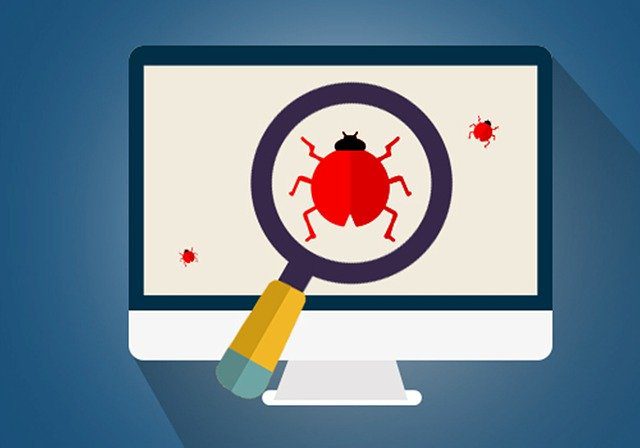
Testing of the software is the critical step of development, and one of the most essential ones. It is a stepping stone to release the product, i.e. launching the application without bugs and errors. Testing can only be executed with proper documentation approved by the client and development vendor.
Defining the Life Cycle of Software Testing
Since the software testing life cycle (STLC) stems from product development, it can be distinguished as a separate complex process followed by the application launch. The STLC may include the following steps: requirements analysis, phase of testing planning, test case creation, environment configuration, testing phase, and closure.
The list above shows the certain steps needed to be taken to execute accurate and professional testing of the software.
6 Stages of the STLC Process
To get a high-quality product, a company has to follow all the milestones of the software testing life cycle. Let’s have a detailed look at every step:
- During analyzing requirements, testers have to find out which requirements are clear and can be performed seamlessly, and which ones aren’t described appropriately. In this case, testing engineers should clarify the demands with the customer, tech lead or with BA (business analyst). The demands can be described in terms of functionality (the specifications of software) and from a performance perspective (reliability, availability, downtime).
- The planning phase is the time of the sophisticated software testing life cycle when responsible people develop documentation with the estimated time on test execution and workforce required. The essential here is to measure the work resources claimed for testing and the expenses it may cost.
Project leads have to choose the type of testing, best-suited instruments, and the number of testers needed to do testing. Also, the team leaders pick the responsible managers and delegate duties to them.
- By the test case creation, we mean the designing of multiple test scenarios and test data. A test case refers to the activities aimed to check the functionality of a certain feature within tested software. These scripts are normally reviewed by team leads. Besides, quality assurance (QA) managers create a special document that matches and tracks user requirements based on test cases.
- Environment configuration is finding and setting up the most fitting hardware and software instruments required to perform test cases. If picking reliable and proven tools, the success of the entire testing can be guaranteed.
- The essence of the software testing life cycle is namely testing phase, which involves the QAs to execute their work with regard to what has been planned and designed test scenarios. Testers usually report identified bugs and errors to the developers for further fixing. Repeat testing takes place in this case.
- The final stage of testing called closure when the QA team has to discuss and report testing results to identify weak points and improve their work in the future. The idea of the meeting is to eliminate or at least minimize the hurdles of the STLC, and to share the experience between projects.
Conclusion
To stay competitive and show high performance, an IT company must create and deliver only top-notch products and services. The software testing life cycle process appears to be vital and can be a decisive factor to choose your company for product development. That’s why ensure you have a dedicated QA and developers team.
